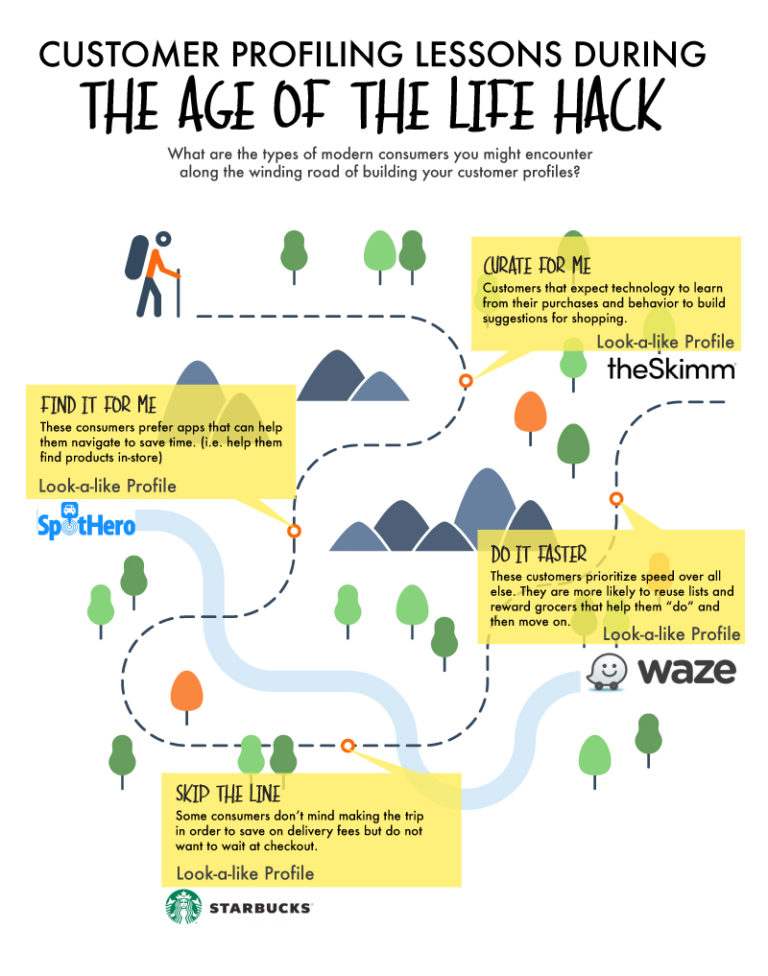As marketers, we’re constantly trying to find better, more insightful ways of profiling customers to design more targeted and relevant campaigns. We’ve long known the days of simply buying an ad that reaches the most people possible are gone – and trust me, no one knows that better than marketers working at newspapers!
The grocery industry is at a crossroads – one path leads down the status quo and the other, scarier path is the one that will force them to fully reckon with ecommerce. The proliferation of grocery order and delivery services for consumers has left grocers large and small with too many choices – which is paralyzing – and leaving them asking, “which is the right platform for me and my customers”?
And we’re so glad they are asking that because customer targeting is our wheelhouse. As with all modern marketing exercises, the answer lies in knowing your customer. We’ve been a strong partner of local grocers over the decades and have learned some things that will help our partners look at these complex choices through the lens of customer profiling and maybe be more confident in choosing their ecommerce path.
So let’s take a walk, shall we? We’ll review the types of shoppers you might encounter on your way to building your ecommerce roadmap.

How can you take action based on this?
CURATE FOR ME:Build digital display creative that features specific products that lookalikes have placed in their carts.
FIND IT FOR ME: This segment would be perfect to feature special in-store end-caps or displays that bundle multiple items within one store location.
DO IT FASTER: Leverage ad remessaging to encourage users to visit your platform again and reorder their basket from last week with just a few clicks.
SKIP THE LINE: This is a key audience for ‘Click and Collect’, if you offer that within your stores.
These targets are by no means the only considerations when determining your ecommerce strategy (and we know that you know that!). But if you have a database full of customer data and no idea what to do with it, using third party tools to identify who your customers’ look-a-likes are can provide guidance and a different lens through which to look at customer profiling.

